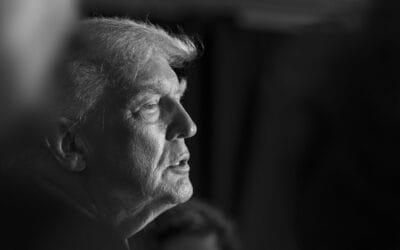In a recent column, I discussed some of the support for supply-side economics at the World Bank, International Monetary Fund and in academia. Today, I would like to extend my discussion to some emerging research on labor supply that further supports the supply-side view of tax policy.
For decades, most economists took the view that taxation has little if any effect on work. This followed from the experience of World War II, where tax rates rose very sharply in all countries with little falloff in work effort. Also, shortly after the war, the
Obviously, when people feel that their lives are at stake, they will make sacrifices that they would never make under normal circumstances, especially if they are necessary for only a limited time. Therefore, a study of labor supply during World War II tells us virtually nothing about how people react to high tax rates during peacetime.
Similarly, an examination of corporate executives tells us little about how average people behave, especially if the analysis is limited to work hours. Executives get a lot of perks and a psychological kick from being the boss, have flexible (if long) hours and can probably adjust their income to compensate for tax changes in ways average workers cannot.
Nevertheless, the view that tax rates have no impact on labor supply was taken as a given until the early 1980s. Economist Jerry Hausman of M.I.T. was the first to break ranks. In a pathbreaking paper for the Brookings Institution in 1981, he showed that “the current tax system does significantly reduce labor supply.” He found that the labor supply of married males was 7 percent less than it would be if the same revenue were collected from a flat rate tax system.
In the years since, economists have devised many new statistical techniques for measuring labor supply. They have also had a number of significant changes in tax structure over this period that provides data and opportunities to study the interaction between taxes and work. And better international data allows for comparisons between countries. The result is a growing consensus that taxes affect labor supply much more than previously assumed.
A study last year by economists Daniel Aaronson and Eric French of the Federal Reserve Bank of
Earlier this year,
In 2001, economists Marco Bianchi, Bjorn Gudmundson and Gylfi Zoega published a paper in the prestigious American Economic Review examining an interesting natural experiment in
In his Richard T. Ely lecture to the American Economic Association in 2002, economist Edward Prescott of the
This result is confirmed by an examination of data from the Organization for Economic Cooperation and Development. I looked at total yearly work hours and taxes as a share of the gross domestic product in various countries. The data show clearly that the heavier the tax burden, the fewer the hours worked. In
Common sense tells us that people work less when their after-tax reward is reduced. It’s good to see that economists finally agree.
***
Chart data: Taxes and Work Hours, 2001
Country* —- Taxes/GDP** —- Annual Hours
Japan —- 27.3 —- 1809
* Ranked by tax burden
** Percent
Source: OECD









